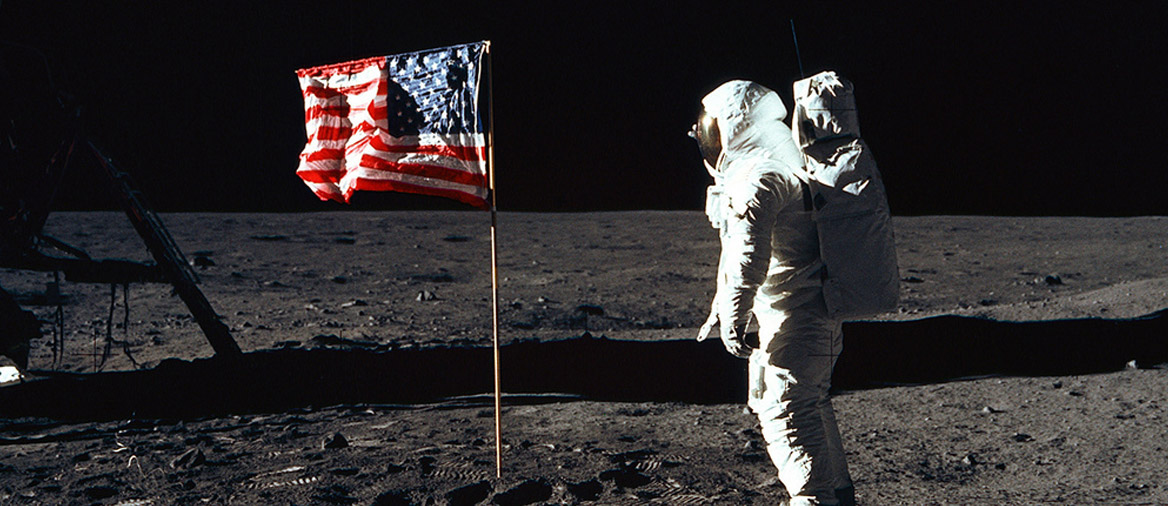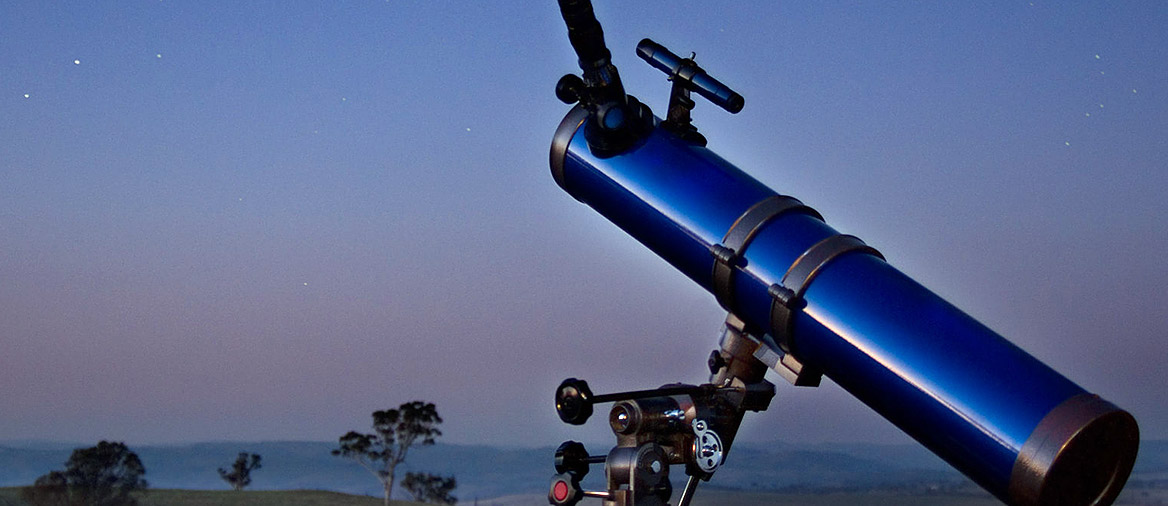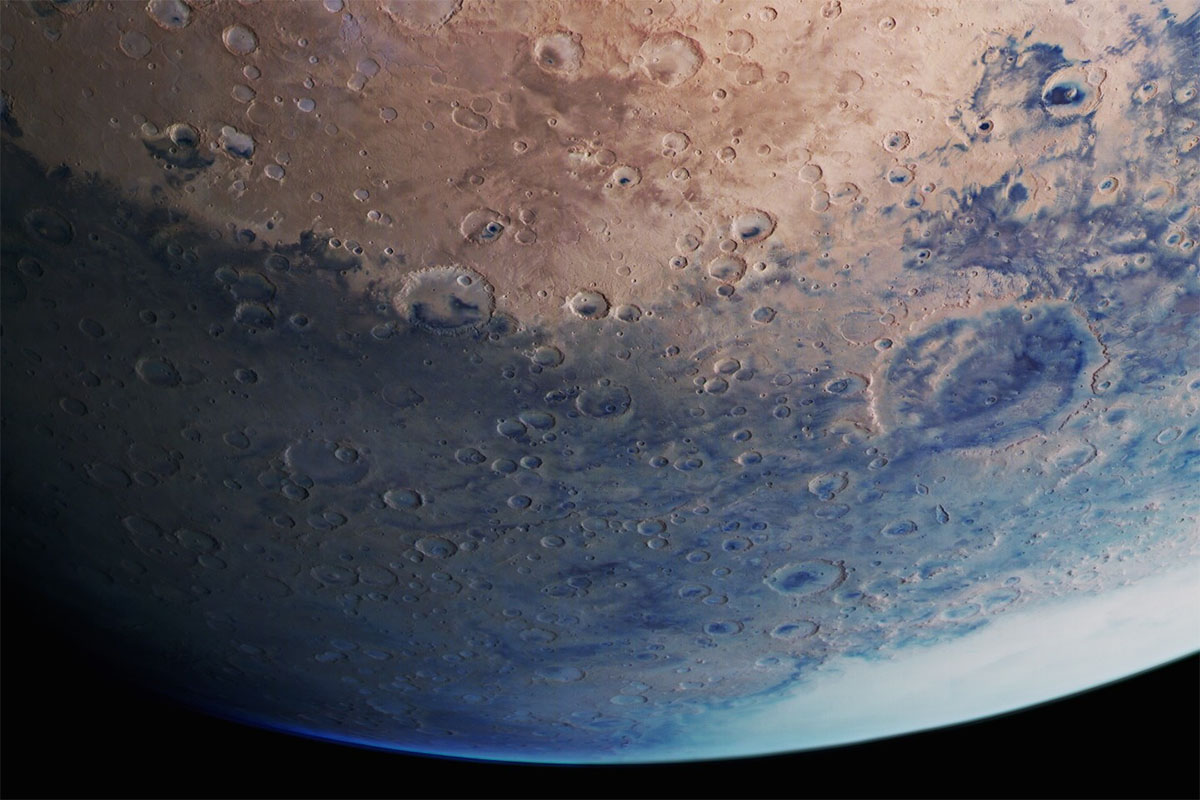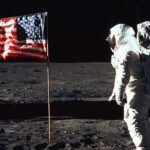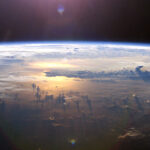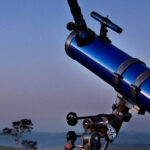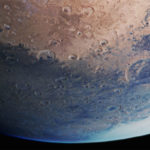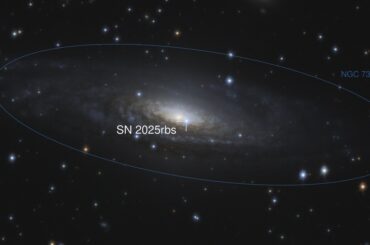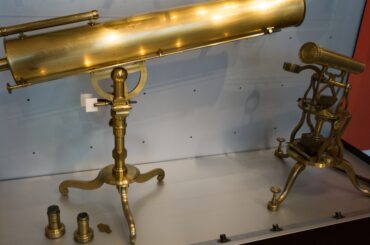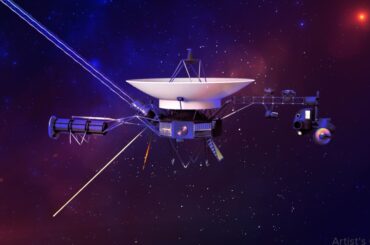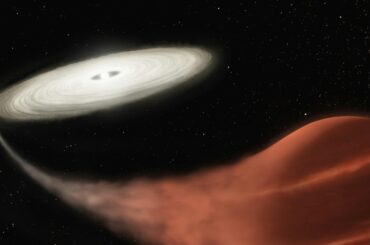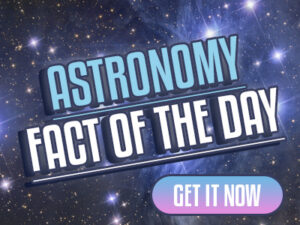Latest
From close passes by near-Earth objects to tiny fragments that missed by minutes, this hub recounts 10 documented times Earth narrowly avoided asteroid impacts. Each entry links to a full breakdown of the object’s size, trajectory, detection, and what the event taught scientists about preventing future strikes.
From historic naked-eye flares to modern instrument-detected blasts, this post ranks the 10 Most Catastrophic Supernovas Ever Observed. Each entry summarizes date, type, energy output, observed effects, and scientific impact, with links to in-depth case studies, images, and expert analysis.
This comprehensive list profiles 48 notable 19th century astronomers, outlining each figure’s lifespan, nationality, and primary role or discovery. Ideal for students, historians, and astronomy enthusiasts seeking a concise, authoritative reference to the era’s leading observers and scientists.
This post breaks down the 6 differences between comets and asteroids — from composition and orbits to appearance, activity, and origin. Clear comparisons and links to deeper articles make it easy to learn how these small bodies differ and why it matters.
From strange radio bursts to puzzling particle readings beyond the heliosphere, ’10 Mysteries of the Voyager Probes’ is a hub that explores ten unresolved puzzles the twin spacecraft uncovered. Each mystery links to a deep-dive post examining evidence, theories, and recent updates — an accessible guide to what we still don’t know about Voyager’s journey into interstellar space.
Explore 15 significant Galaxies Discovered by the Hubble, each entry listing discovery year, measured redshift, and the notable reason it made headlines. From Hubble Deep Field treasures to unexpected high-redshift galaxies and gravitationally lensed wonders, this illustrated list explains observational context and why each discovery reshaped our view of the cosmos.
Explore a curated list of the 25 Coolest Stars — from nearby brown dwarfs and L/T/Y-class objects to ultracool M-dwarfs. Each entry lists temperature (K), spectral type, and distance (ly), letting amateur astronomers and science readers compare the coldest stellar objects and understand why they rank among the coldest known.
A concise guide to 10 Time Travel Theories in Physics that breaks down major proposals—from wormholes and closed timelike curves to quantum retrocausality—explaining the science, paradoxes, and current research. This hub links to in-depth articles for each theory so curious readers and students can explore the evidence, math, and philosophical implications behind every idea.


